Packages & Tutorials
Engineering Files & Tools
Software
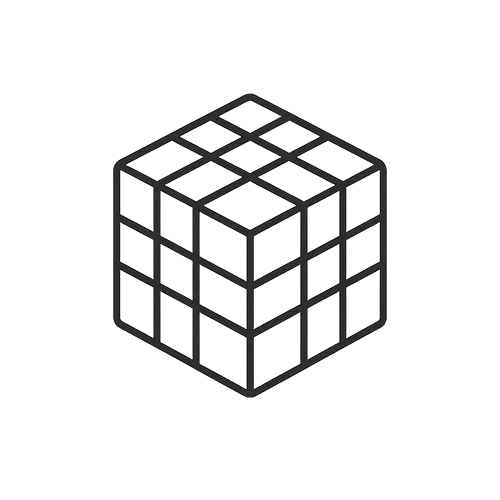
Ready-to-use Models (FEA/CFD)
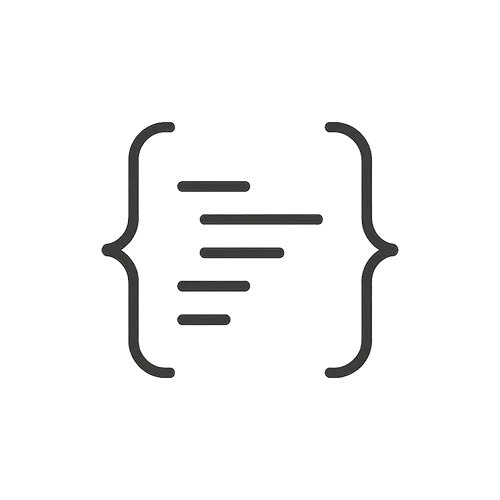
Excel Sheets & Hand Calculations
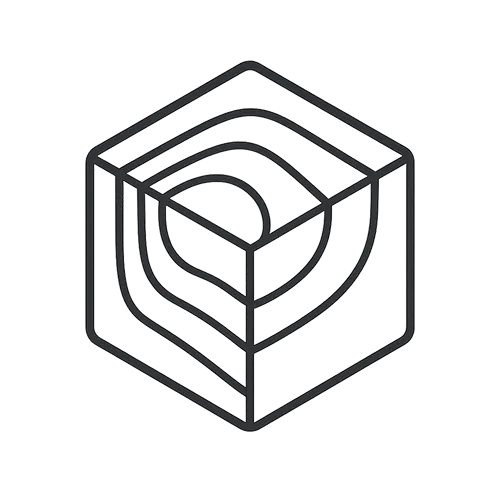



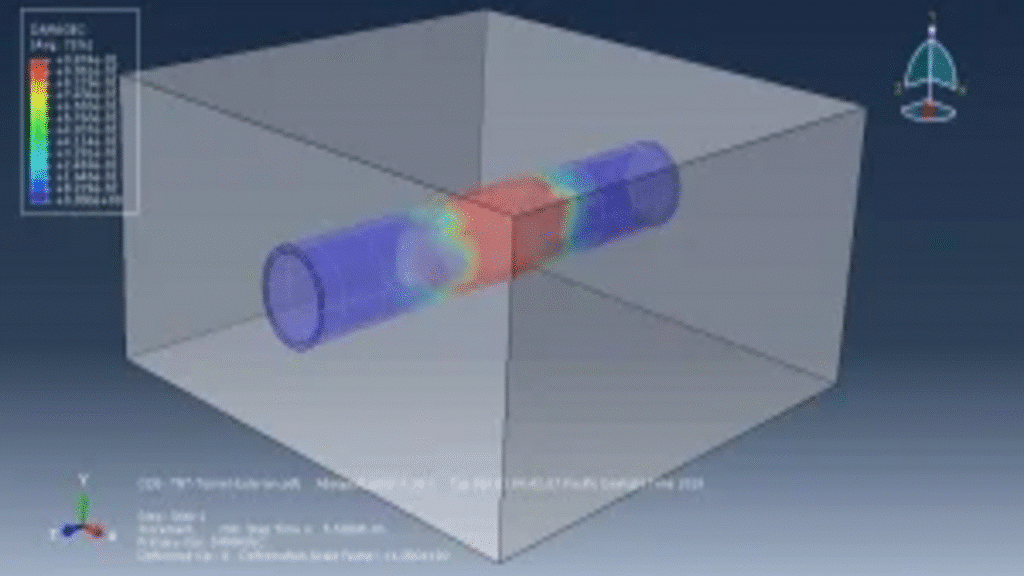
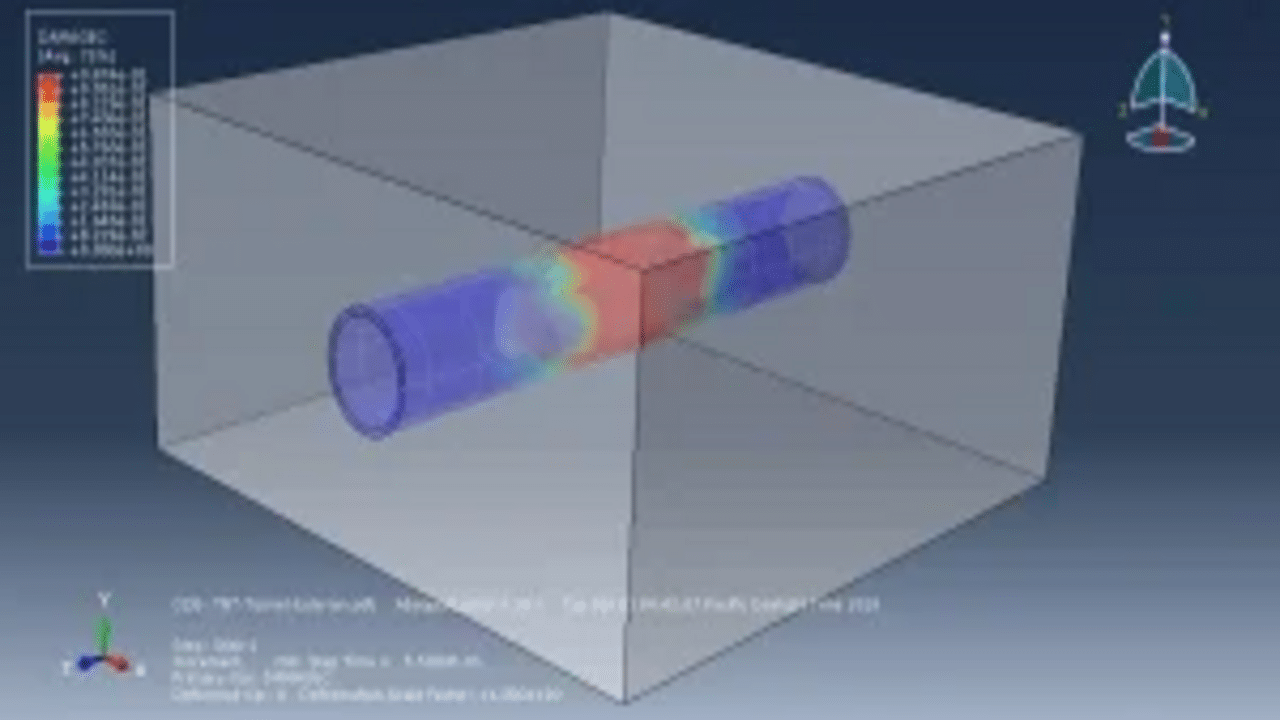
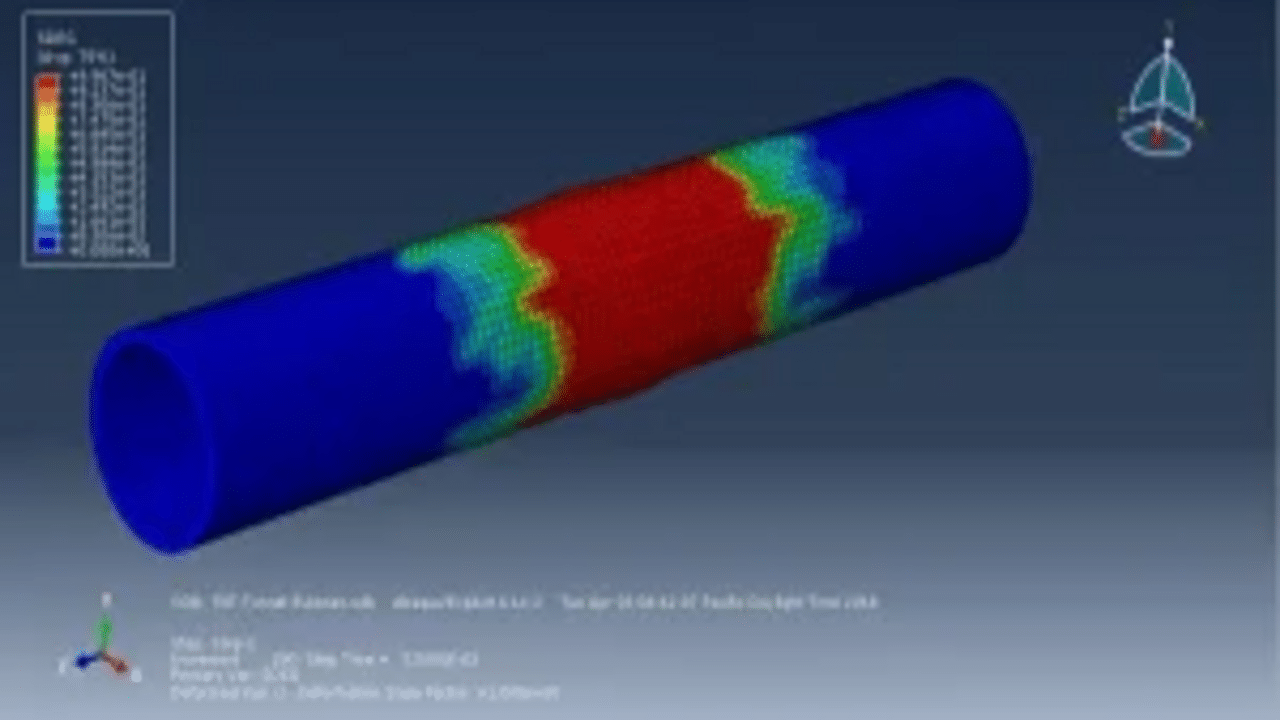
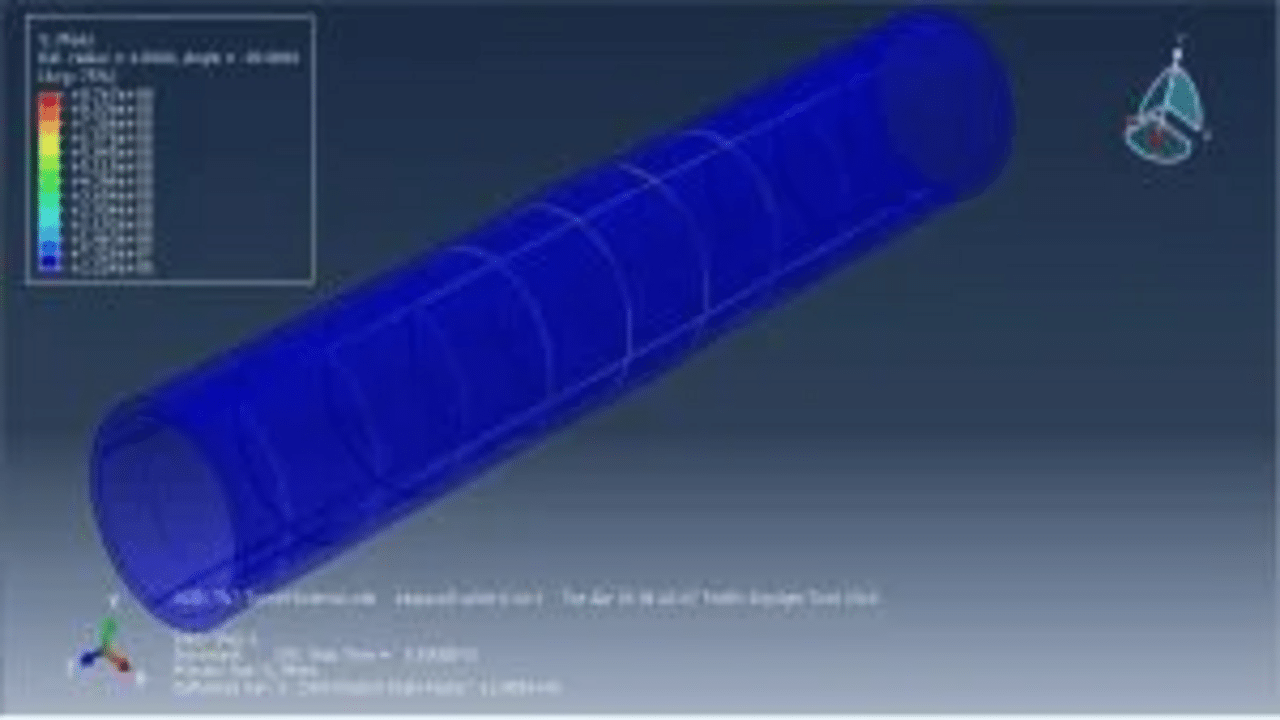
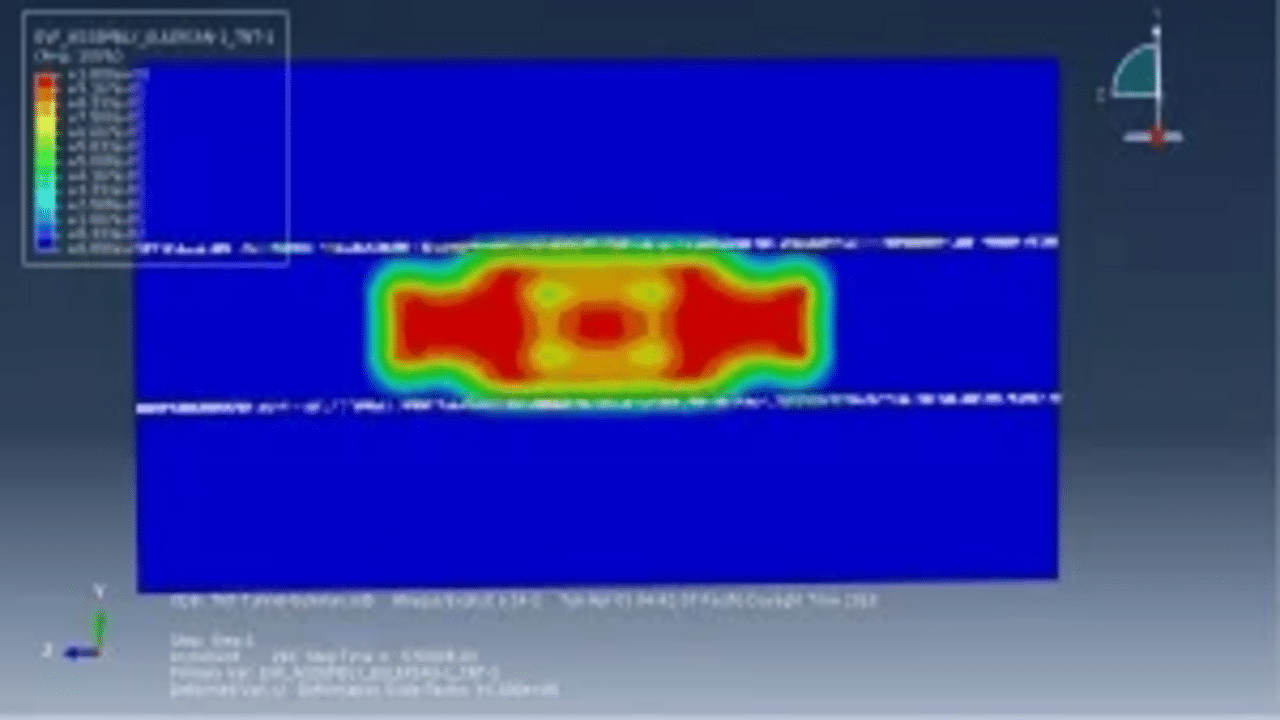
Product Overview:
Underground tunnels have been a reliable and efficient solution for meeting transportation needs globally. However, high-profile attacks, such as those on the Moscow Metro in 2004, London Subway in 2005, and Belarus in 2011, underscore the importance of designing these structures with resilience to withstand such potential events. A common method used in these attacks involves vehicle bombs due to their powerful charges, high success rate, and severe destruction capabilities.
In this video, an explosion within a concrete tunnel embedded in soil is simulated in Abaqus using an Eulerian approach. The simulation models a 3D tunnel structure, encompassing components for soil, air, and TNT. Key material behaviors are defined: the JWL equation for TNT, Mohr-Coulomb plasticity for soil, the ideal gas EOS for air, and the Concrete Damaged Plasticity (CDP) model for the tunnel itself. This analysis employs a dynamic explicit step to capture the event accurately.
Explosions can generally be modeled in two primary ways: the uniform material method and the volume fraction method. This simulation utilizes the volume fraction approach, offering a precise representation of explosive effects. Check out the images below to explore the detailed simulation results.


Dynamic
€1,00 €0,00
See more

Want to receive push notifications for all major on-site activities?